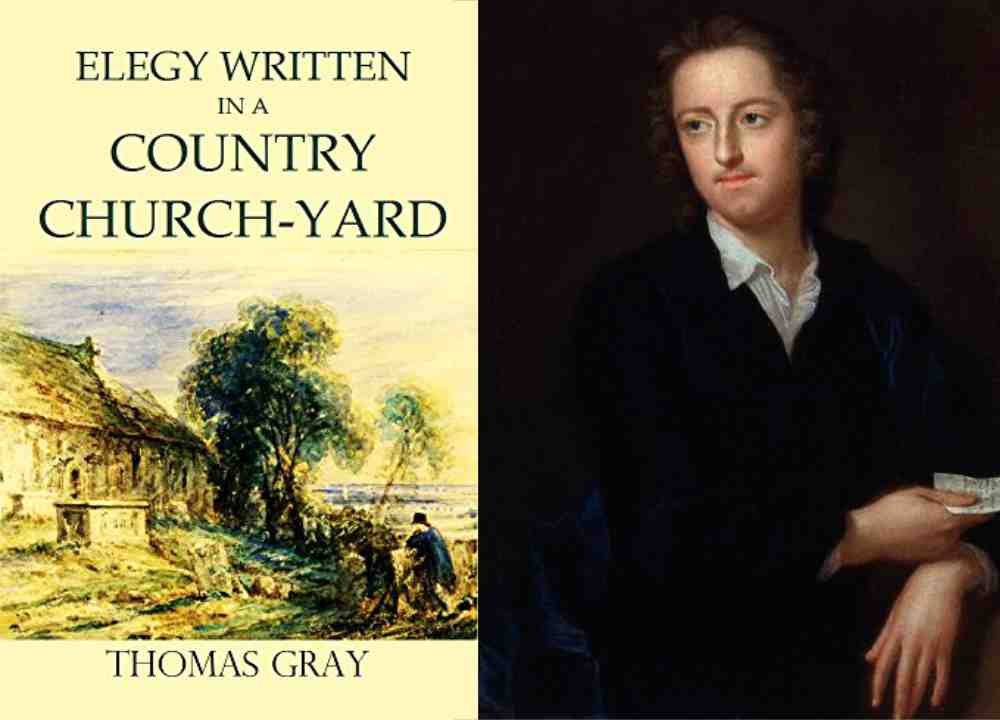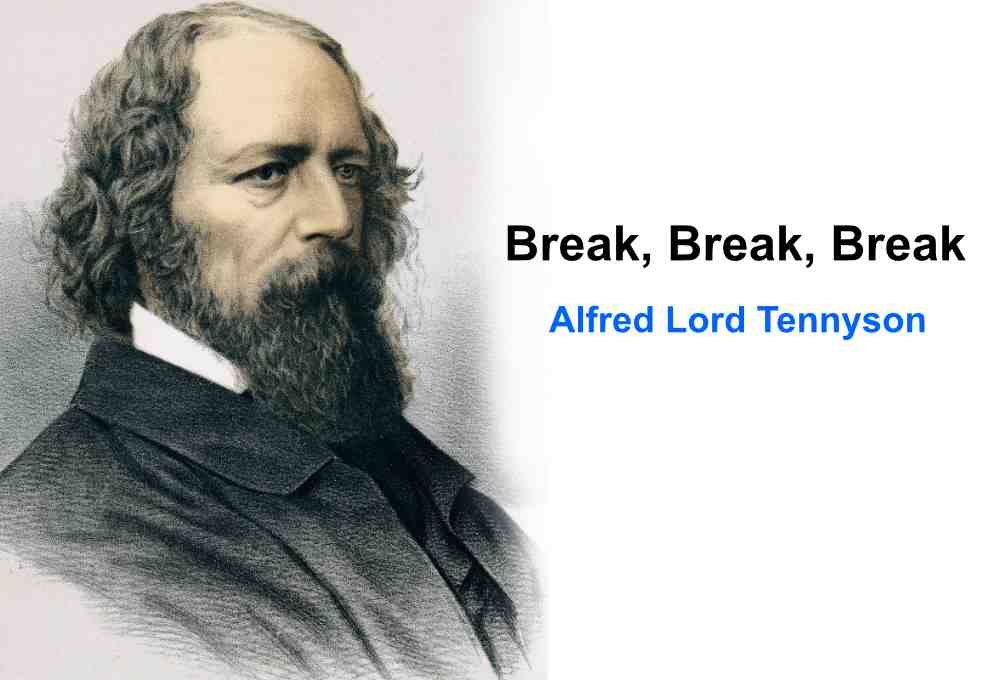It was William Wordsworth who wrote the poem Composed Upon Westminster Bridge, September 3, 1803, which is in fact an Italian/Spenserian sonnet. Its title is known for marking a particular place as well as time, a viewpoint over the River Thames of London during the Industrial Revolution.
Moreover, the sonnet is typical of William Wordsworth whose works generally deal with: (a) power and (b) the fleeting nature of remembered moments.
| Poem Name | Composed upon Westminster bridge September 3, 1802 |
| Poet | William Wordsworth |
| Types | Italian/Spenserian sonne |
| Structure | Two parts: (a) Octave, (b) Setset |
- The speaker of Composed Upon Westminster Bridge September 3, 1802, contemplates London City at dawn
- He sees the aforementioned city for its breathtaking beauty. Whereas he acknowledges that the industrial forces are transforming it as well
- When the sonnet Composed Upon Westminster Bridge on September 3, 1802, was published, it appeared alongside other sonnets. They explicitly criticized industrial England
Composed Upon Westminster Bridge September 3, 1802 Summary
Table of Contents
The speaker William Wordsworth’s sonnet Composed Upon Westminster Bridge September 3, 1802 says that he finds no other sight more charming and beautiful than the view (of the city) from this particular bridge (which has been mentioned in the title of this poem).
Actually, none but just a person who is suffering from severe spiritual deficiency could walk by without taking notice of the view. The speaker regards it as emotionally stirring in its all-encompassing glory or magnificence. The London city, similar to a piece of clothing, is wearing: (a) the clear, (b) soft light of dawn. The human being does not disturb the so many various buildings of this city by his activity.
So, they (the buildings) stretch not only outward but upward as well, till they do not blend into the surrounding farmland as well as overarching heaven or sky. This city shines as a diamond whereas the air is clear as well.
The speaker of the poem Composed Upon Westminster Bridge September 3, 1802 further says that the sunlight has never shone on any feature of the natural landscape more beautifully than it now sparkles or shines on this city as a whole.
According to the speaker he has never observed/seen nor felt such pure as well as unwavering peace or calmness. As far as the river is concerned; it flows easily, nothing but just natural forces guide it. Whereas it appears to him as if the houses of the city are sleeping. Moreover, this whole city is a single, quite powerful object. It for the moment remains inactive.
Poem
Earth has not any thing to show more fair: Dull would he be of soul who could pass by A sight so touching in its majesty: This City now doth, like a garment, wear The beauty of the morning; silent, bare, Ships, towers, domes, theatres, and temples lie Open unto the fields, and to the sky; All bright and glittering in the smokeless air. Never did sun more beautifully steep In his first splendour, valley, rock, or hill; Ne'er saw I, never felt, a calm so deep! The river glideth at his own sweet will: Dear God! the very houses seem asleep; And all that mighty heart is lying still!
Composed Upon Westminster Bridge September 3, 1802 Major Themes
William Wordsworth introduces: (a) Man Vs Nature (b) Amazement as the main themes of his sonnet Composed Upon Westminster Bridge September 3, 1802. Here, the speaker of this poem is a lover of nature who stops to adore its beauty and glories. But, he feels sorry for those people who miss the aforementioned delight. He sees these wonderful scenes early in the morning, at that time when:
- The world is at rest
- There is no hustle or bustle around
The environment is uncontaminated. It lets the speaker get a clear glimpse of things, such as (a) Domes (b) Ships (c) Temples (d) Theatres, as well as (e) Natural Objects. The speaker says that he has never felt so calm in his earlier life as he is feeling now while venturing out to take in this special or particular atmosphere.
Composed Upon Westminster Bridge September 3, 1802 Form and Structure
As it has been mentioned in the introductory line of this article that William Wordsworth’s Composed Upon Westminster Bridge September 3, 1802 is an Italian or Spenserian sonnet.
So, it can be divided into two parts: (a) Octave, as well as (b) Setset; in this way, a study in contrast between (I) the noisy day, as well as (II) calm morning. The feeling of peace as well as calm that William Wordsworth experiences, it communicates to the heart of their readers as well.
The concluding line of the poem completely brings before the readers the contrast between:
- The noisy as well as hurried activities & processes that go on or continue during the day in the great city
The calm as well as quiet, prevailing dawn: ” And all that heart is lying might still”
u003cstrongu003eQues: u003c/strongu003eWhen was u003cemu003eComposed Upon Westminster Bridge September 3, 1802,u003c/emu003e published?
u003cstrongu003eAns:u003c/strongu003e William Wordsworth wrote this sonnet between July 31 as well as September 3, 1807. The poem was first published in his u003cemu003ePoems in Two Volumes u003c/emu003ein 1807.u003cbru003e
u003cstrongu003eQues:u003c/strongu003e What literary devices does Wordsworth use in u003cemu003eComposed Upon Westminster Bridge September 3, 1802u003c/emu003e ?
u003cstrongu003eAns: u003c/strongu003eWilliam Wordsworth uses literary devices such as u003cstrongu003e(a)u003c/strongu003e Assonance u003cstrongu003e(b) u003c/strongu003eConsonance u003cstrongu003e(c)u003c/strongu003e Enjambment u003cstrongu003e(d)u003c/strongu003e Imagery u003cstrongu003e(e) u003c/strongu003eHyperbole u003cstrongu003e(f) u003c/strongu003ePersonification, as well as u003cstrongu003e(g)u003c/strongu003e Simile in his poem u003cemu003eComposed Upon Westminster Bridge September 3, 1802u003c/emu003e.
u003cstrongu003eQues:u003c/strongu003e What is the tone of u003cemu003eComposed Upon Westminster Bridge September 3, 1802 ?u003c/emu003e
u003cstrongu003eAns:u003c/strongu003e The Petrarchan sonnet by William Wordsworth u003cemu003eComposed Upon Westminster Bridge September 3, 1802u003c/emu003e is a poem with a relaxed as well as calm tone. A reader, in order to be able to imagine or consider the specifics he desires to see, is suggested to read it slowly.u003cbru003e Moreover, the sonnet is known for bringing out the mood of dejection/sorrow as well as shade, but in a positive manner or way. u003cbru003e





